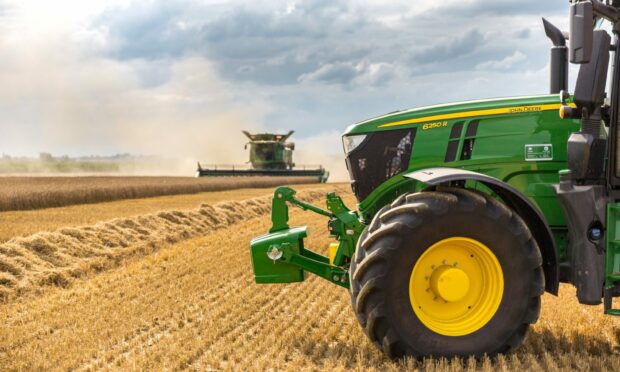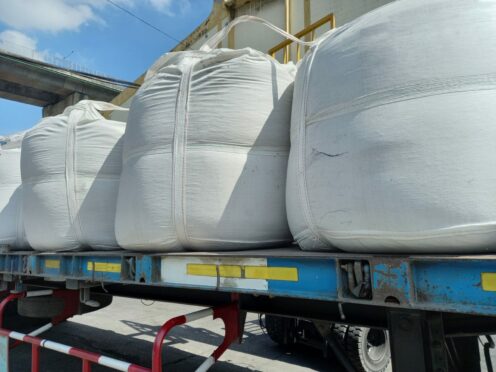Harvest 2003 is one that I’ll never forget.
Crops on the former state farm in Hungary which I was managing received no rainfall from seeding through to harvest.
The drought followed a hard winter with long periods below -20 deg C which had damaged winter wheat crops. Combined with unusually high temperatures of over 40 deg C during the summer grain fill period left Hungary with only half of a normal wheat harvest and even worse spring crops.
In neighbouring Ukraine the winter had been more severe resulting in a wheat harvest which was only 25% of the normal crop. Other countries in eastern Europe suffered low yields. By the end of harvest wheat and maize prices had almost doubled.
Feedstocks
The poor yields and higher cereal prices lead to concerns that livestock farmers would struggle to purchase feedstocks.
Before harvest was complete, Franz Fischler, EU commissioner for agriculture, proposed a reduction in compulsory set-aside land from 10% to 5% to encourage an additional seven million tonnes of EU cereal production for the following harvest.
By 2008, set-aside had been reduced to 0%.
Almost two decades later, the current devastation and humanitarian crisis in war-torn Ukraine is focusing minds on food security again.
Since the invasion future wheat prices for harvest 2022 have increased to new record highs. Despite the war, Ukraine’s crops still have potential and may yet provide good yields.
The problem is not that Ukraine will see a poor harvest, but that the war is having a long term effect on global energy and fertiliser supplies which were already experiencing soaring prices.
The CEO of Yara, one of the world’s biggest fertiliser companies whose Ukraine office took a direct missile strike, has said that the war will deliver a shock to the global supply and cost of food leading to a global food crisis.
He explained that we are close to the most important time of the northern hemisphere growing season when fertiliser is required, pointing out that not only does a quarter of Europe’s fertiliser requirement come from Russia, but also Yara’s European fertiliser plants rely on vast quantities of Russian gas.
Yields
Without fertiliser, yields are likely to drop by 50%. He added that the war has highlighted the vulnerability of our global food supply chain, and that the long term solution must be to reduce our dependency on Russia for global food production.
I’m sure that if Franz Fischler was still at the helm he would be proposing a reduction in Ecological Focus Areas, today’s equivalent of set-aside, a logical solution to increase cereal supplies.
With current cereal prices it is hard to see how any livestock production system can remain viable except for the more extensive which do not rely on purchased feed.
However, today’s policy makers face more fundamental decisions around land use priorities which have changed dramatically since Franz Fischer’s cut to set-aside in 2003.
Should our current ambitious woodland creation targets remain in place at the risk of food security?
Forestry
Should there be a moratorium on planting forestry on productive farmland?
Is it wise to press ahead with further anaerobic digester plants fed by crops grown on some of Scotland’s best arable land?
Our extensive hill and upland beef and sheep farms, branded by many in recent years as inefficient compared to intensively fed indoor systems, now appear to be the more resilient option when faced with high energy and feed prices.
Decisions around our future rural policy have suddenly increased in complexity and importance.
Let’s hope the terrible situation in Ukraine has focused some minds closer to home.
Christopher Nicholson is chairman of the Scottish Tenant Farmers Association (STFA).

